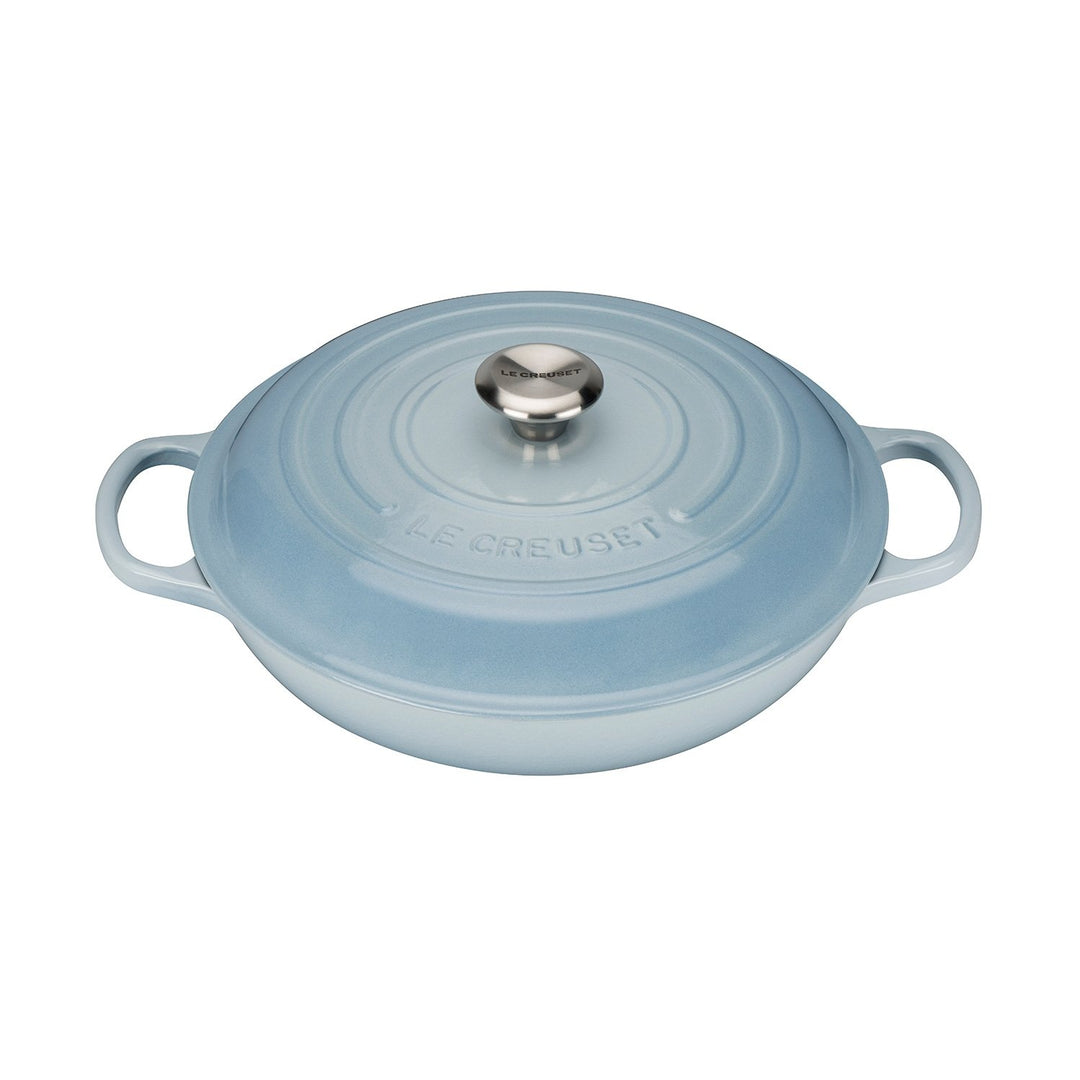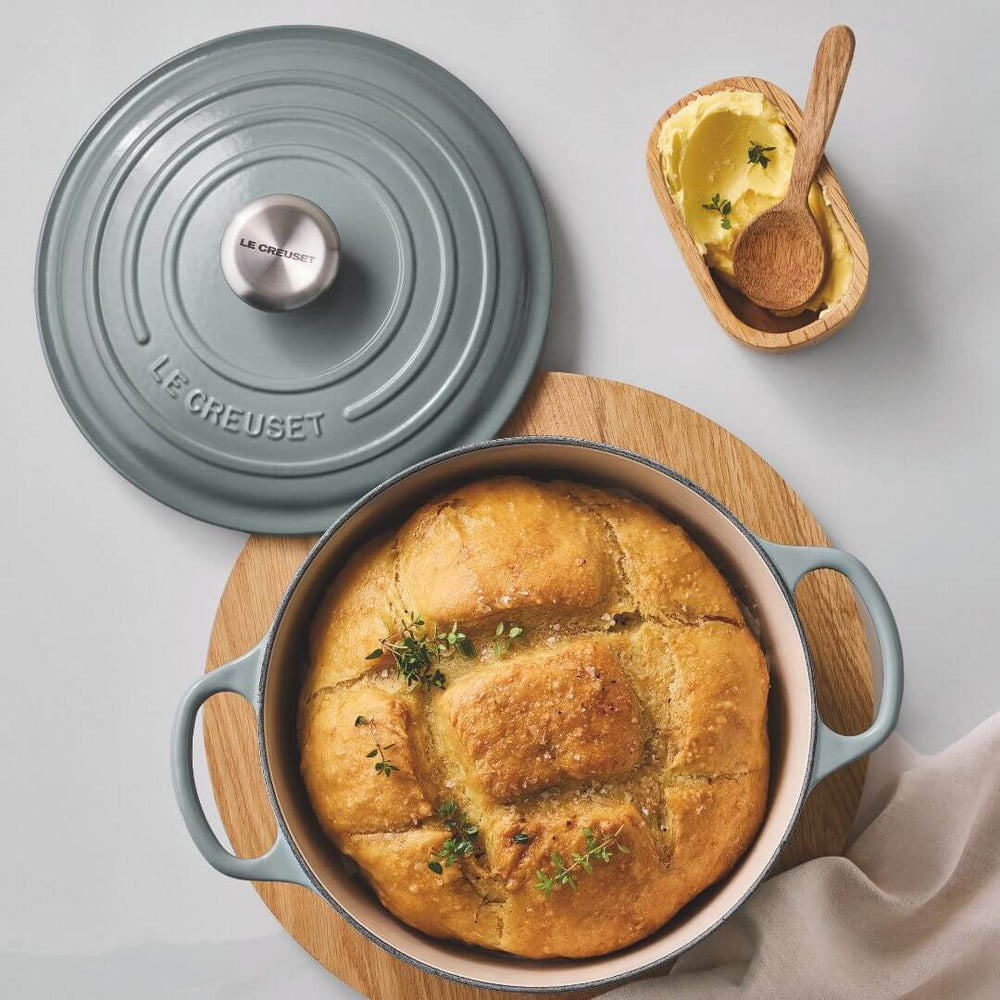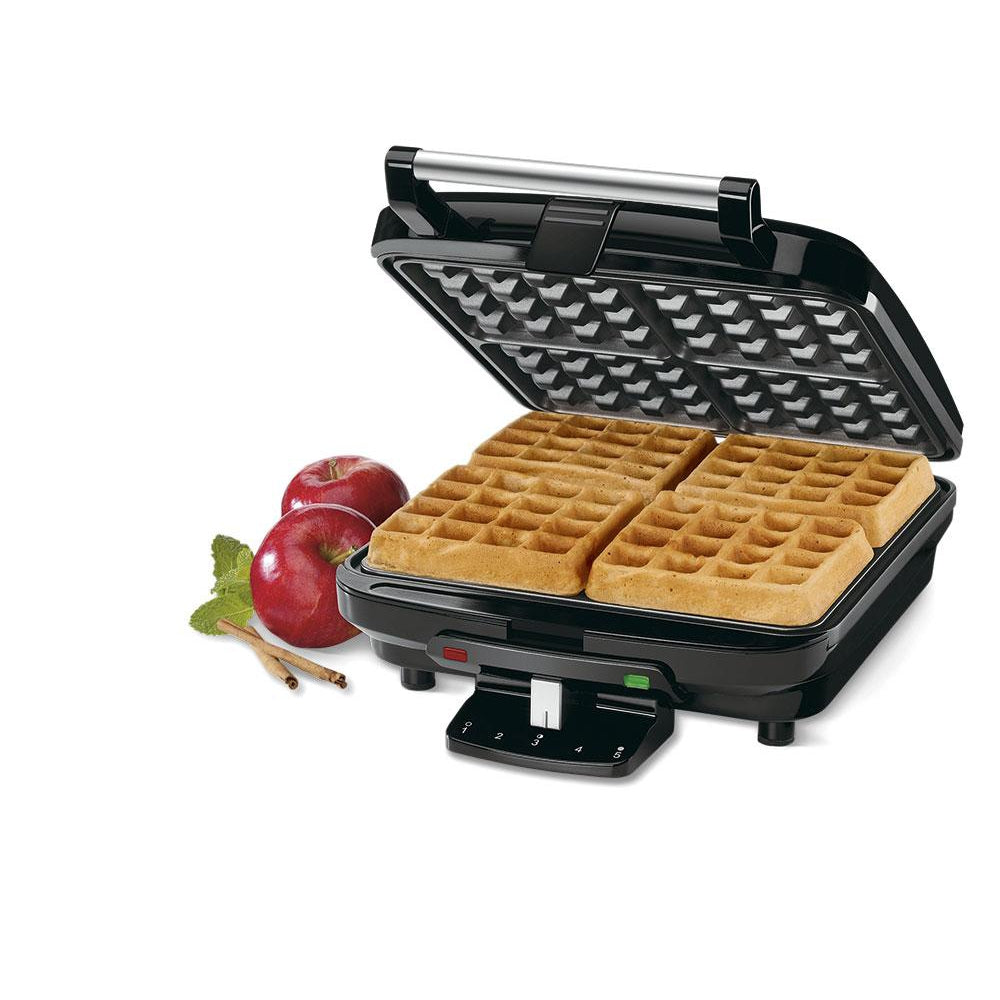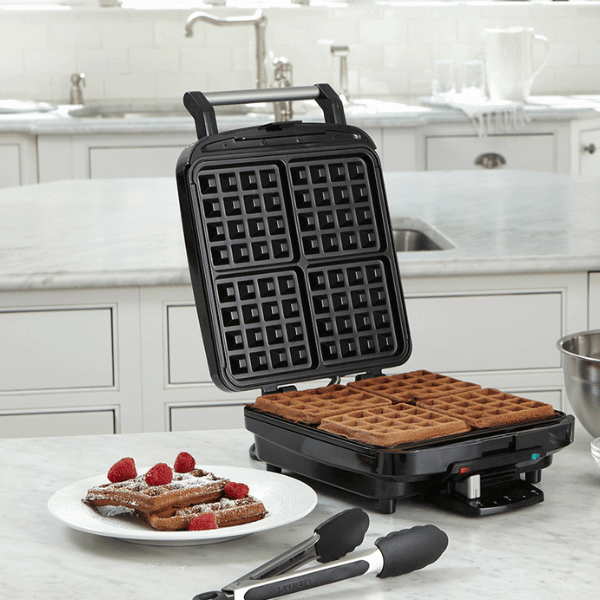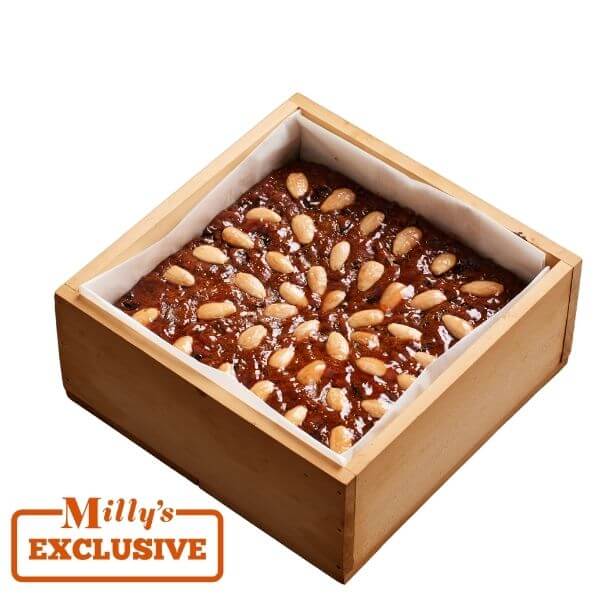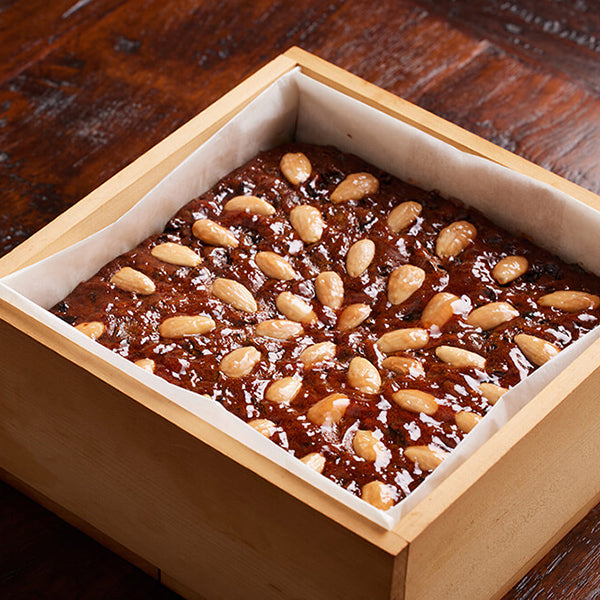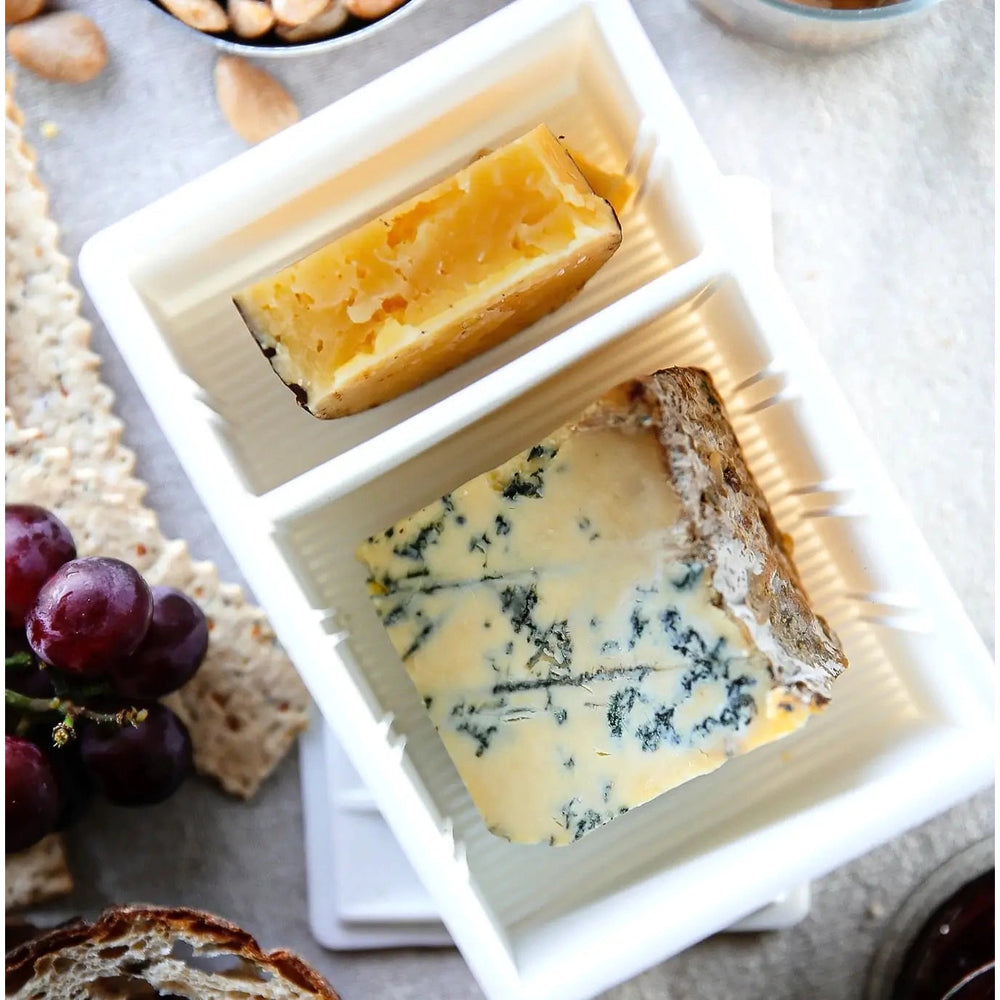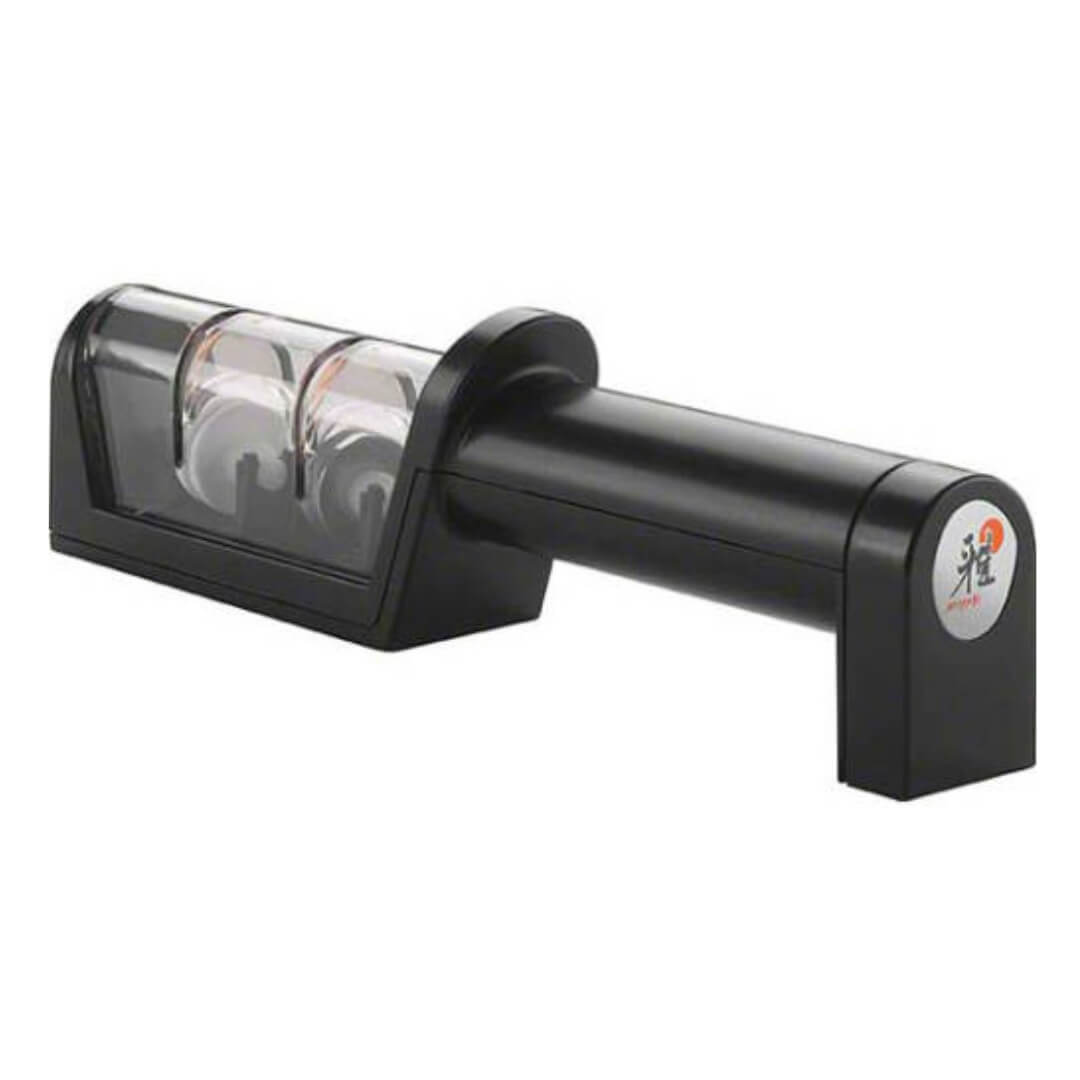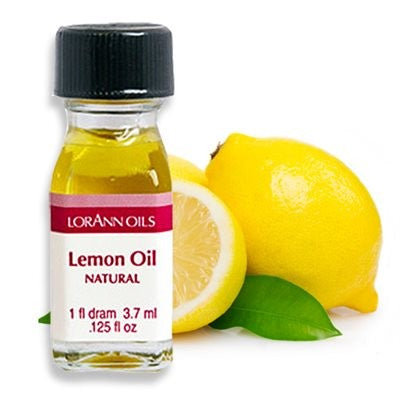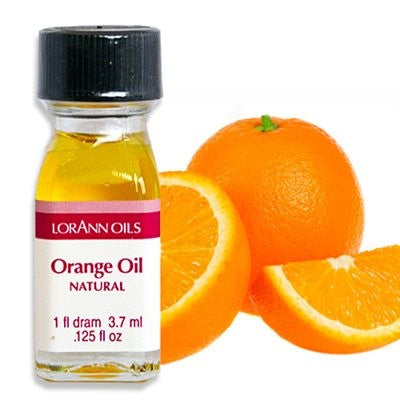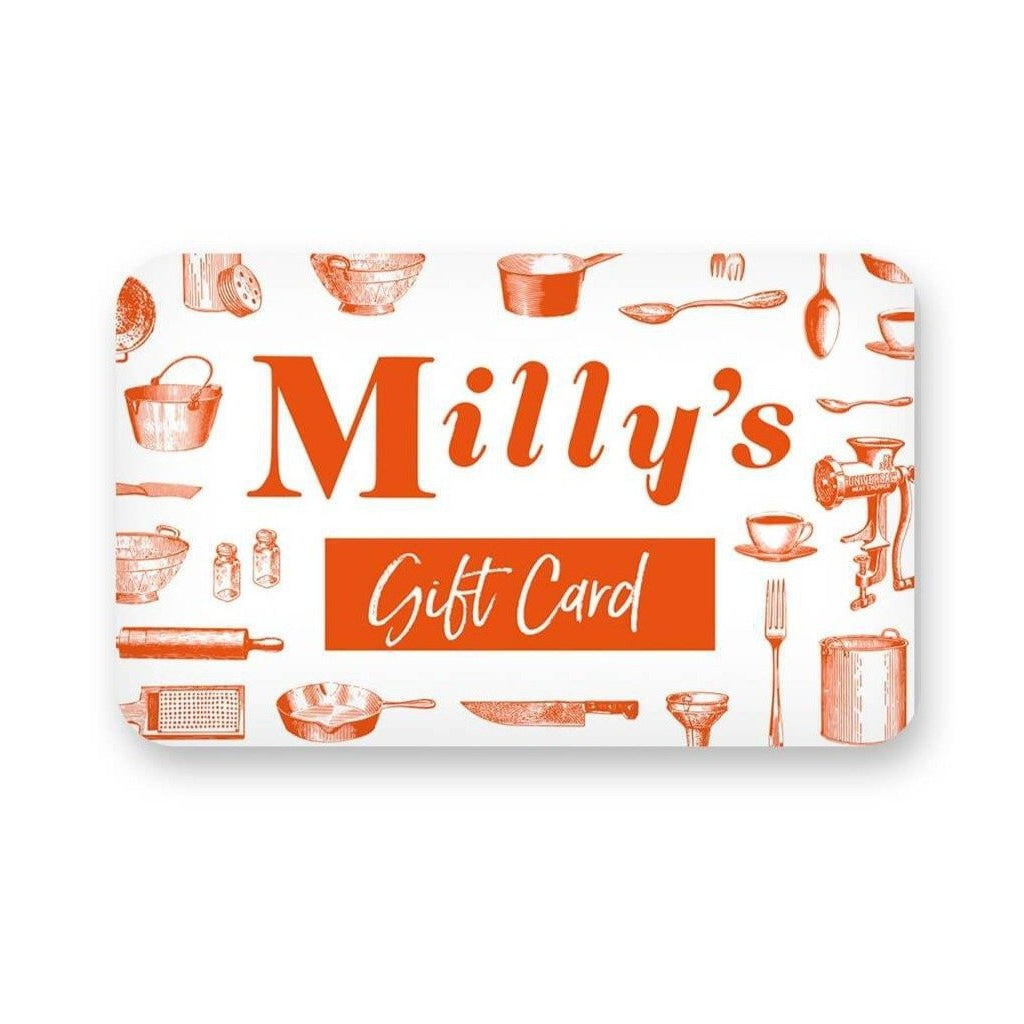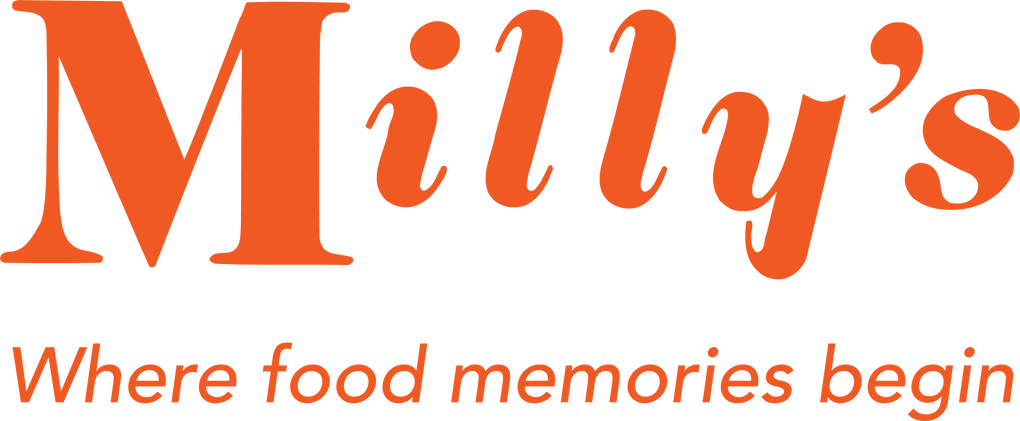Milly's 101: How to Care for Your Non-Stick Frypan
From eggs that slip straight out of the pan to fish fillets that actually make it to your plate in one piece, a good non-stick frypan can be your kitchen bestie. But here’s the catch: like all good kitchen tools, it will only perform as well as you treat it over the medium/long term. And that’s where things can go wrong.
We hear it all the time:
‘It was cheap, so it must’ve been rubbish.’
‘It was expensive, so it must’ve been faulty.’
‘Non-stick just doesn’t last.’
The truth? Most pans don’t fail, they’re just misunderstood. And with a little know-how, your non-stick can stay slick, shiny and, best of all, drama-free for years.
Traditional PTFE coatings (like Demeyere Duraslide and Le Creuset’s Toughened Non-Stick). These pans are:
- Long-lasting when treated well.
- Incredibly non-stick and great for eggs, pancakes, fritters, delicate fish.
- Able handle to medium-high heat (with food in the pan).
- Been marketed as a “greener” choice as they’re free from PTFE/PFOA.
- Fantastic release when new, but they tend to lose their slipperiness a little faster.
- Needs! They prefer gentle treatment: low to medium heat, a little fat in the pan, the right choice in utensils and oils, and a soft sponge only for cleaning.
No matter which coating you choose, these rules will keep your frypan happier for longer:
1. Heat
- Preheat gently: give it a minute or two to come to temperature.
- Stick to medium heat when the surface is visible. Once it’s covered with food or liquid, you can turn things up a notch.
- Never shock a hot pan with cold water - that’s how warping happens.
- Always give your pan something to do. A little oil or butter protects the surface and helps transfer heat evenly.
- Avoid extra virgin olive oil for frying as its low smoke point makes it stick and carbonise. Instead, reach for avocado, rice bran, canola, grapeseed, butter, coconut oil, or ghee. (See our Milly’s 101: Smoke Points for more detail.)
- Wash in hot, soapy water, dry thoroughly and, if the surface looks a little tired or dry, rub in a drop of oil (like you would moisturiser).
- Use silicone, wood, or nylon utensils and never be tempted to cut food in the pan.
- Protect from scratches: stack pans with a tea towel or purpose-made protectors between the layers.
Non-stick isn’t fragile: it’s a working dog, not a lap cat. Treat it with a little respect and it’ll work hard for years. And remember: looking after your cookware means fewer pans in landfill, which is a win for you and the planet.
Check out our guide to choosing your new frypan. From ceramic through to classic non-stick and the ceramic new kids on the block, the team at Milly’s will help you find your new best friend.


